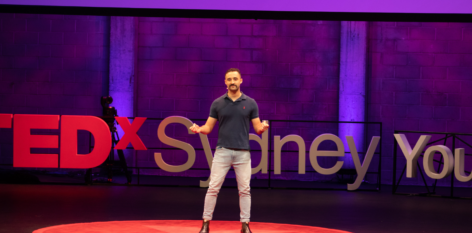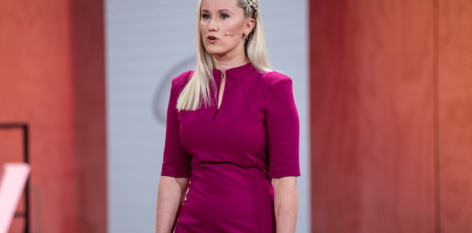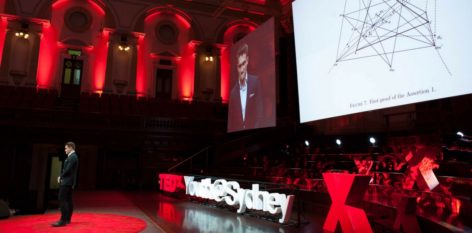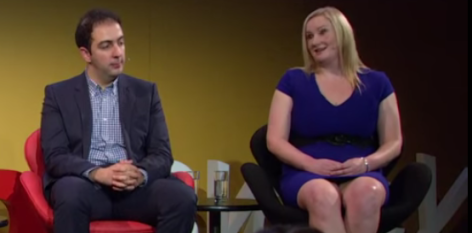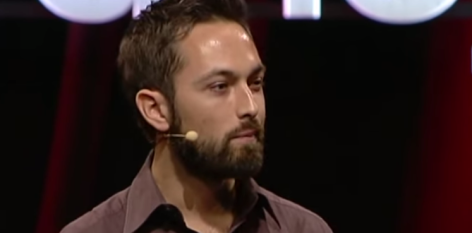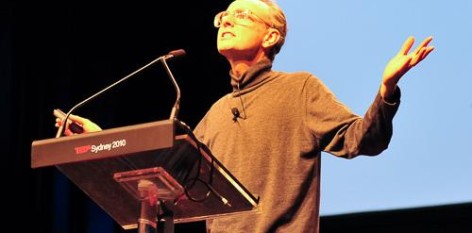Every year, land is degraded as millions of hectares of trees are cleared – and the carbon dioxide they store is released back into the atmosphere. The carbon stored in the soil itself is also lost when the soil is exposed.
Land degradation is an urgent environmental problem– both a symptom and a cause of climate change.
So, if tree loss is contributing to global warming, tree planting must be the answer – or is it?
When it comes to planting, success is often measured by numbers of seedlings planted – but research shows many trees don’t survive long-term. For example, over the past three decades, China has planted saplings on more than 800,000 km2 — but a satellite study shows that less than 15% of these have grown into a new closed-canopy forest. *
Globally, the emphasis is on planting without much thought for the care needed for a seedling with small roots, that often must endure searing heat, strong winds and drought, to survive on degraded land.
Tony Rinaudo, a TEDxSydney speaker this year, experienced this first-hand when planting trees in Niger in the eighties. He saw 80% of them die.
Ready to give up, he had a ‘eureka moment’ of realization one day when he pulled his truck over on a sandy road to fix the tyres and took a closer look at the tiny bushes growing in the barren landscape, ignored by everyone. He took a closer look and realized that these bushes were stunted trees connected to a vast root system underground – an underground forest.
Tony and his team found twelve local farmers willing to prune and protect trees on their land, adapting traditional practices. This technique would become known as ‘farmer-managed natural regeneration’ or FMNR.
Tony says it’s embarrassingly simple – but it’s mind-blowingly effective.
As the trees grow, they lock away carbon, making an incredible contribution to climate change.
In Niger alone, more than 6 million hectares have been regenerated through FMNR – a great, green forest you can see from space.
And regenerating forests in this way is up to 36 times cheaper than planting trees.
Because the root systems are already there far more trees survive – and tree growth is fast.
FMNR is now winning the climate fight in 29 countries across Asia and Africa, and has restored more than 18 million hectares of forest.
It’s proven. It works.
The clock is ticking on climate, so Tony is now leading the charge to bring these invisible forests back to life. Together with World Vision, he’s building a movement of businesses, governments, institutions, and everyday people to unleash the power of FMNR on a huge scale.
By regenerating a billion hectares of land we can remove up to 25 percent of carbon from the atmosphere, prevent species loss and end extreme poverty.
Tony has been promoting FMNR globally for over 30 years. He believes with this nature-based solution like, there is nothing to lose and everything to gain.
So here is Tony’s vision – let’s restore 1 billion hectares of degraded land, without planting a single tree!
It’s more than the entire land mass of Australia. Tony’s ambition is to achieve extreme scale at extreme speed over the next decade, to help some of the world’s most vulnerable people and really shift the dial on climate.
Tony needs your help to make it real.
*(Ahrends et al., 2017) https://www.thebioticpump.com/the-trillion-trees-drive















